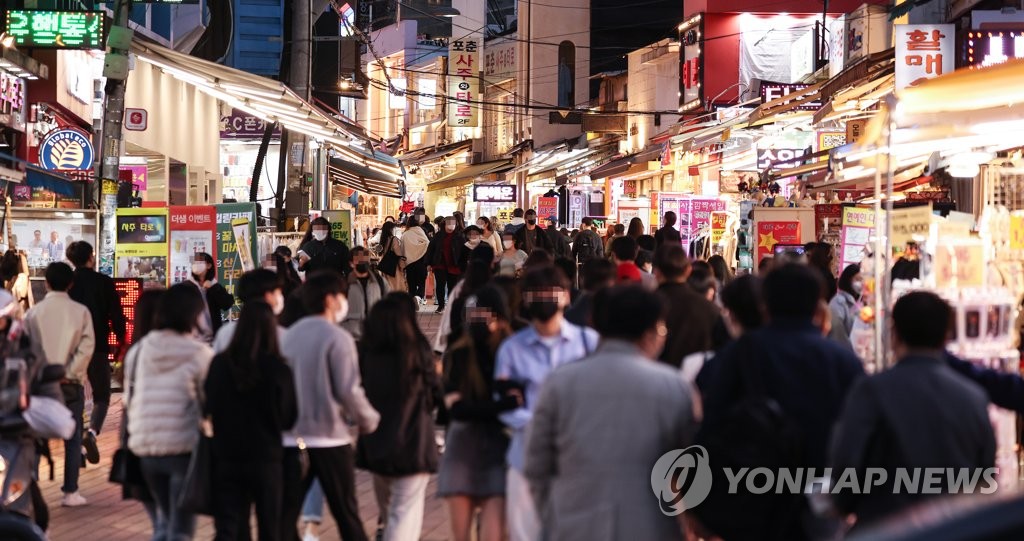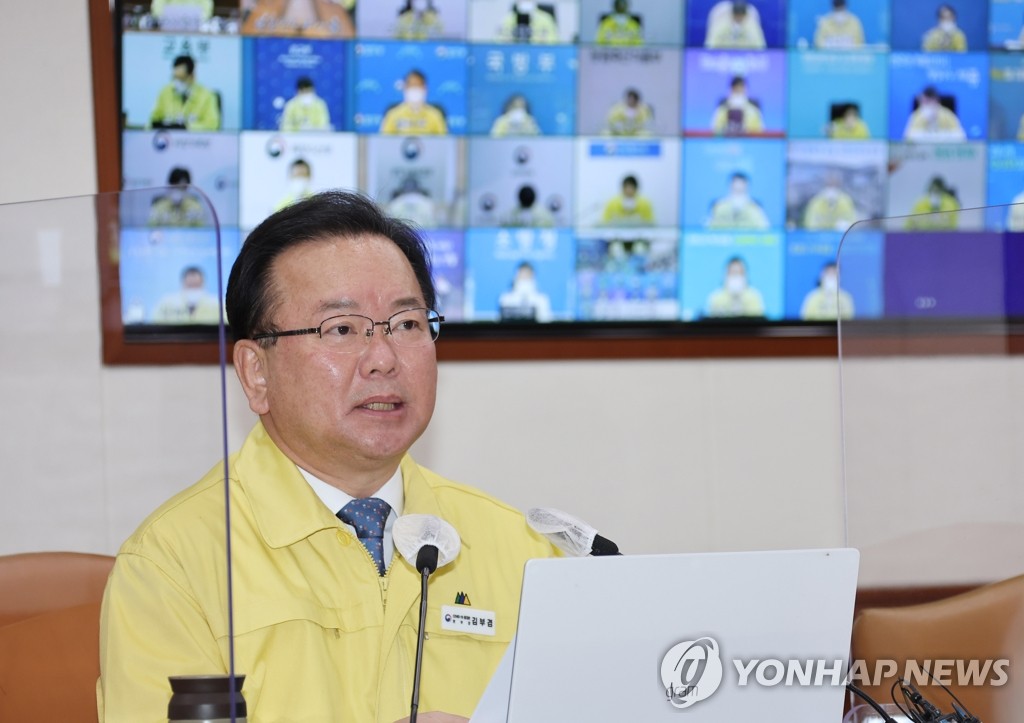- California Assembly OKs highest minimum wage in nation
- S. Korea unveils first graphic cigarette warnings
- US joins with South Korea, Japan in bid to deter North Korea
- LPGA golfer Chun In-gee finally back in action
- S. Korea won’t be top seed in final World Cup qualification round
- US men’s soccer misses 2nd straight Olympics
- US back on track in qualifying with 4-0 win over Guatemala
- High-intensity workout injuries spawn cottage industry
- CDC expands range of Zika mosquitoes into parts of Northeast
- Who knew? ‘The Walking Dead’ is helping families connect
S. Korea’s new COVID-19 cases dip below 300,000 as omicron wave tops out
South Korea’s new daily COVID-19 cases dipped below 300,000 on Friday as the omicron wave that gripped the country for months appears to be topping out with 1 in every 4 people having had the virus.
The country reported 280,273 new COVID-19 infections, including 48 cases from overseas, bringing the total caseload to 13,375,818, the Korea Disease Control and Prevention Agency (KDCA) said.
South Korea has seen a downward trend in daily COVID-19 infections for the first time in about three months, recording a nearly one-month low of 187,182 on Monday, in sharp contrast to the all-time high of over 620,000 on March 17.
The death toll from COVID-19, though, keeps going up, with another 360 added to the list, which now stands at 16,590. The fatality rate stood at 0.12 percent.


A small street in the popular Hongdae district in Seoul is crowded with people on March 31, 2022. (Yonhap)
The number of critically ill patients fell to 1,299 on Friday from the record high of 1,315 the previous day.
As of 9 p.m. Friday, South Korea had reported 259,232 new cases, down by 12,367 from the same time Thursday.
Cases are counted until midnight and announced the following morning. South Korea has averaged 316,275 patients over the past seven days.
The government said Friday the private gathering limit will be eased to 10 people from eight, and the business hour curfew on public places, like restaurants and cafes, will be pushed by one hour to midnight.
The new measures will take effect next Monday for two weeks.
Prime Minister Kim Boo-kyum suggested the measures could be the last adjustment on the social distancing rules before possibly removing all of such restrictions in the battle against the pandemic.
“We will boldly overhaul the antivirus measures next time if our medical system can be stably managed to reduce serious cases and deaths in the next two weeks,” he said.
Health Minister Kwon Deok-cheol said the government will consider scrapping all antivirus restrictions, except for wearing masks inside, if the virus curve continues to decline for the next two weeks and the medical system can be stably managed.
Friday’s infection tally is down about 20 percent from two weeks earlier. Health authorities predict the daily caseload would rise less than 20 percent even if the distancing rules were lifted.
The transition team of President-elect Yoon Suk-yeol, who is due to take office May 10, has also said it will seek to scrap the curfew on business hours once the health authorities confirm the virus wave has passed its peak.
South Korea first attempted to return to normalcy in phases starting Nov. 1 last year, as a series of restrictions, including the business hour curfew, were lifted or eased. A rapid increase in the number of critically ill patients foiled the plan, and social distancing measures were put back in place on Dec. 18.
Starting April 11, community health centers and makeshift testing stations will only carry out polymerase chain reaction (PCR) tests on potential patients in high-risk groups, such as those with underlying diseases, health officials said.
Others will need to visit local clinics and hospitals for rapid antigen tests to check whether they are infected.
South Korea has largely abandoned the rigorous contact tracing and distancing scheme amid growing anger from small businesses and self-employed people hit hard by the pandemic, and under broader efforts to regain normalcy and focus on managing severe cases.
A total of 3,191 children aged between 5 and 11 received their first shots of the Pfizer vaccine Thursday on the first day of the vaccination program, the KDCA said. The government launched the vaccination campaign for the about 3.15 million children in the age group.
Of children aged 5-11, 1.49 million have been infected with the new coronavirus, and five have died, according to KDCA data Thursday.
As of Friday, 32.74 million people out of the 52 million population, or 63.8 percent, had received booster shots. The number of fully vaccinated people came to 44.48 million, representing 86.7 percent, the KDCA said.











